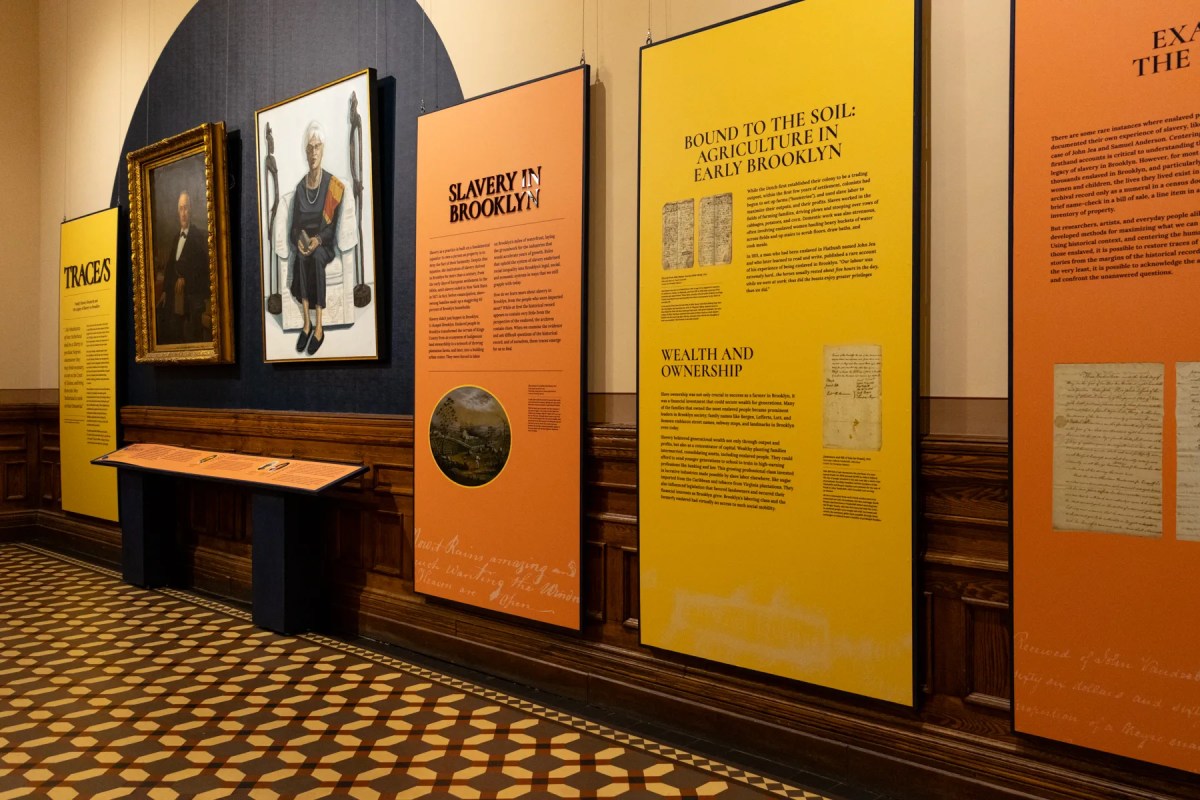The ninth month of the year signals the unofficial end of summer conjuring emotions of variance to students returning to school or entering a learning institution for the very first time.
It also provides temporary relief to parents of youngsters restricted throughout the hottest season of the year by constant companionship and mentorship without teachers.
In stark contrast to those perennial realities, since the millennium, the nation has had to recalibrate each year to recall a series of four coordinated terrorist attacks by the Islamic group al-Qaeda on the United States on the morning of Tuesday, Sept. 11, 2001.
The attacks reportedly “killed 2,996 people, injured more than 6,000 others and caused at least $10 billion in infrastructure and property damage” Wikipedia notes.
On Sept. 11, four passenger airliners operated by two major U.S. passenger air carriers — United and American — were hijacked resulting in the single deadliest incident for firefighters and law enforcement officers in the history of the United States, with 343 and 72 killed respectively.
One jet crashed into the Pentagon — the headquarters of the Department of Defense in Arlington, County, Virginia, leading to a partial collapse of the building’s western side.
Another initially was steered toward Washington, D.C., but crashed into a field in Stonycreek Township near Shanksville, Pennsylvania, after its passengers tried to overcome the hijackers.
Worst of all, the haunting reflection of witnessing two passenger jet-planes surge into two of New York’s tallest edifices seemed at first like a scene from a movie. Many people could not believe their eyes. From a distance, the huge gasoline bombs looked like toy planes. Few would have perceived such a notion that terrorists took control of the cockpit forcing suicidal and homicidal deaths in 2001.
The indelible images seem to resurface annually since then with added bleakness recalling billowing black smoke spiraling upward and across the skies.
Singer Michael Jackson had performed a fantastic concert at Madison Garden the night previous amidst a star-studded lineup that included Liza Minnelli, Whitney Houston, Shaggy and others.
I was among the patrons there to see the galaxial assembly.
The fact many of my entertainment associates were scheduled to jet back to the west coast on the first flight out of New York and those two flights were among the first bound for California resonated with concern.
It was also a primary election Tuesday and also a deadline day for me as entertainment editor at the Harlem-based, New York Amsterdam News.
Train service halted across all bridges, the uncertainty of more attacks and at the time the principal concern of ensuring that a major Black publication made the newsstands in a timely fashion seemed a priority.
Undoubtedly, 16 years later the sad reality returns for generations hard-pressed to believe that such an egregious attack ever occurred on US soil.
Due to dedicated television coverage, many ceremonies — wreath layings — and a roll call that begins at the very moment the first airplane slammed into the North tower of the World Trade Center’s Twin Towers — on each anniversary, the nostalgia becomes real.
And while the date brings grief and sadness to most Americans, in Ethiopia, joy prevails on Sept. 11 because the date signals celebration of a new year.
Based on the Julian calendar, the Ethiopian calendar is seven years and eight months behind the Gregorian calendar used in most of the world.
To actually be in Addis Ababa, the capital city on that date is nothing short of being in Times Square on Dec. 31.
Yours truly was privileged to be there in 2007 when that African nation celebrated a millennium.
The glee that pervaded was indescribable.
The humblest of homes were cleaned and decorated with roses.
Citizens paraded through the streets, singing and dancing.
Traditional food, African and reggae music, Ethiopian dancing and the lighting of torches or chibos ushered in the millennium New Year.
Jubilation reigned.
The Ethiopian millennium took Beyonce to Addis Ababa.
The Black-Eyed Peas also performed inside a giant arena erected for the international concert.
In the midst of virtually every African head of state, numerous Asian and European leaders, Caribbean and South American diplomats and representatives I was able to walk over and dialogue with the likes of Zimbabwe president Robert Mugabe, Libyan leader Muammar Qaddaffi and so many important heads of government.
It remains one of the happiest experiences to recall.
And while jollification reigned, it was difficult to subdue the memories of America’s Sept. 11.
Like television’s submission of Ethiopia’s revelry of a millennium, there was no trace or reverence for the 2001 plight of this nation on Ethiopian television.
For Ethiopians living in Washington D.C and all throughout that country, September 11 means joy, happiness and the start of a brand new year.
Reggae music lovers also regard the date as memorable because on Sept. 11, 1987, Peter Tosh was brutally murdered in his Kingston, home.
A collaborator with Bunny Wailer and Robert Nesta Marley to form Bob Marley & The Wailers, Tosh was the second of the three founding members to succumb. Marley died May 11, 1980 from cancer.
That another talent from the trio to comprise the island’s most iconic recording group would perish in such a heinous demise, records the date to be one of the worst days in Jamaican history.
Tosh was gunned down in his home after being taunted and terrorized by thieving thugs.
Reportedly, the singer, musician and Rastafarian proponent “had returned to his home in Jamaica, when a three-man gang came to his house on motorcycles and demanded money. Tosh replied that he did not have any with him but the gang did not believe him. They stayed at his residence for several hours and tortured him in an attempt to extort money from Tosh. Over the hours, as various Tosh’s associates arrived to visit him, they were also taken hostage by the gunmen. The gunmen became more and more frustrated, especially the chief thug, Dennis “Leppo” Lobban, a man whom Tosh had previously befriended and tried to help find work after a long jail sentence. Tosh insisted he had no money in the house, after which Lobban and the fellow gunmen began opening fire in a reckless manner.”
Tosh was shot twice in the head and killed.
The news rocked the nation and ultimately the entire world particularly reggae music aficionados.
Jamaicans Commemorate Anniversary of Worst Train Tragedy — Sept. 1 Kendal Crash
Sept. 1, marked the 60th anniversary of the Kendal Crash which occurred at a place in Manchester, Jamaica known as Kendal on Sunday, Sept. 1, 1957.
Recalled as the most tragic train mishap to ever occur anywhere in the world at the time, Olivia Grange, the nation’s minister of culture, gender, entertainment and sport announced that beginning this year, September 1 will be observed as the date on which the nation officially commemorates the Kendal Train Crash.
St. Anne’s Catholic Church in Kingston also commemorated the Kendal Crash with a memorial Service on Sept. 3.
Many of those who died in the accident were members of the church. They were returning to Kingston following an outing to Montego Bay when the ill-fated accident occurred.
The Kingston bound train with its two diesel engines leading 12 overcrowded wooden coaches, had been transporting approximately 1, 600 people when it ran off the rail at Kendal, resulting in the deaths of 186 people and injury to many more.
In a press release, the government official said: “Friday, Sept. 1, we will as a nation officially recall the circumstances of the horrendous train accident which claimed close to 200 hundred lives.”
Grange said the decision was made after discussions with prominent nationals who vividly recall the tragedy that gripped the passions of the entire nation.
Beverley East, author of the book, “Reaper of Souls” was among the many consultants who enabled serious consideration of an annual tribute to the martyrs. In the book, she used fictional characters to deliver a stirring account of the Kendal Crash.
Catch You on The Inside!
Among the activities this year to commemorate the Kendal Crash, “The National Library of Jamaica will be putting on an exhibition which will include general historical information on the train crash which was the worst rail disaster in the world at the time. It will also display newspaper headlines and photographs of the scene of the crash.”
Grange said that consideration was also being given to the NLJ going into partnership with the Jamaica Library Service to have the exhibition placed in all libraries.
The cause of the crash was narrowed down to a failure of the train’s braking system but there were those who felt vandals interfered with the brakes.
Catch You on The Inside!
























